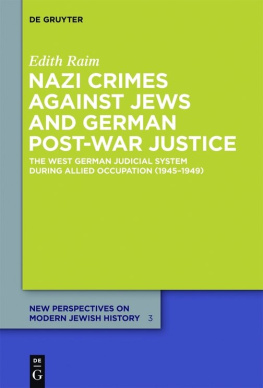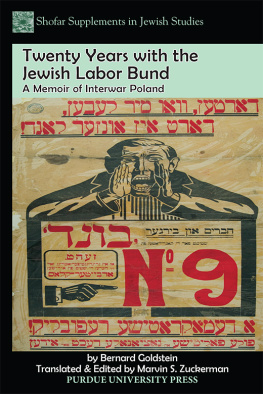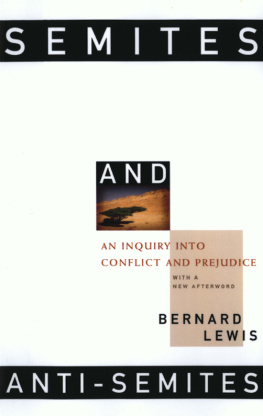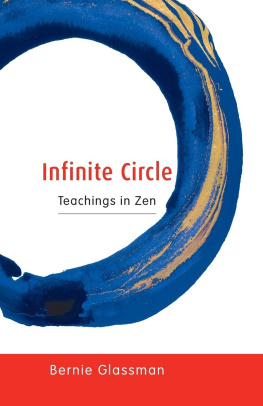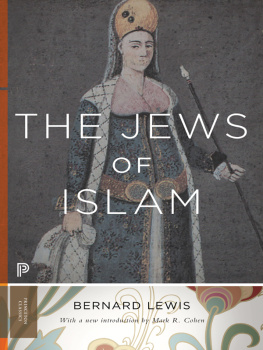Copyright 1975 by Wayne State University Press, Detroit, Michigan 48202.
All material in this work, except as identified below, is licensed under a Creative Commons Attribution-NonCommercial 3.0 United States License. To view a copy of this license, visit https://creativecommons.org/licenses/by-nc/3.0/us/.
All material not licensed under a Creative Commons license is all rights reserved. Permission must be obtained from the copyright owner to use this material.
Library of Congress Cataloging in Publication Data
Glassman, Bernard, 1937-
Anti-Semitic stereotypes without Jews .
Bibliography: p .
Includes index .
1. AntisemitismEngland. 2. Jews in EnglandHistory 3. EnglandCivilization. I. Title
DS146.G7G56 941.004924 75-16391
ISBN 978-0-8143-4354-8 (paperback); 978-0-8143-4353-1 (ebook)
The publication of this volume in a freely accessible digital format has been made possible by a major grant from the National Endowment for the Humanities and the Mellon Foundation through their Humanities Open Book Program.
http://wsupress.wayne.edu/
PREFACE
T here is certainly no lack of competently researched material dealing with the history of the Jews in England from early times through the modern period. The pioneering work of Joseph Jacobs, Lucien Wolf, E. Nathan Adler, H. S. Q. Henriques, and Cecil Roth has been supplemented by a number of articles and studies in Transactions of the Jewish Historical Society of England and other learned journals. My prime concern in writing this book is not to repeat the facts of Anglo-Jewish history, but to explore how the Jew was viewed by the Christian community during the centuries after the expulsion of 1290 through the time of the resettlement and why these attitudes developed. During a large part of this period (up to 1656) England was virtually Judenrein (without Jews); and except for a small group of Crypto-Jews, there was no real Jewish community in the country. Yet anti-Jewish sentiments continued to be spread by the preacher, the playwright, the writer, and the storyteller. If flesh-and-blood Jews were not present in any significant numbers, the molders of public opinion kept a shadowy image of them alive in the minds of the English people. It was this medieval stereotype, cultivated during the Tudor and early Stuart periods, that ultimately forced Cromwell to give up his plans to formally readmit the Jews into England. It was to plague Anglo-Jewry even after a small community was unofficially reestablished in the second half of the seventeenth century. Enlightened social philosophers and religious leaders were to find that this hideous image from the Middle Ages, though not as extreme as anything found on the continent, could not be passed over lightly.
In this book I have touched upon various religious and literary sources of history that have either been neglected or only partially utilized in the examination of attitudes towards the Jewish people. Many of the original sources cited in this work are representative samplings of a vast amount of material that has yet to be fully studied and evaluated. Perhaps a few comments on the nature of the works cited will aid the reader in appreciating the scope of this study and indicate to him various avenues for further research.
It is unfortunate that the students of this period of history have failed to appreciate the importance of Christian sermonic material in understanding the image of the Jew in the mind of the English people. Throughout the period of time covered in this book, sermons were an important means of shaping public opinion. Handbooks containing source material for preachers were very popular among the clergy, and they present a very good picture of the official attitudes of the religious establishment as well as the ideas to which the common man of the era was exposed. These sermons preserved and popularized some of the crudest forms of anti-Semitism that were found in the folklore of the times. In addition, they perpetuated the centuries-old stereotype of the Jew that originated in the pages of the New Testament and which was an important part of Christian theology. The effect of sermons upon popular attitudes should not be underestimated in studying the development of anti-Semitic sentiments. For several centuries, Jews appeared in numerous popular stories that were used for sermon illustrations. It was this portion of the religious instruction that remained in the mind of the faithful for the longest time. In addition, the written sermon became a popular form of literature, and quite often the preachers words reached a much larger audience than those who were present at his religious services.
In presenting dramatic and nondramatic material, I have tried to avoid the simplistic procedure of using literature as documentation for the writing of history. Some early Jewish scholars who were guilty of this have distorted the significance of several of the great works of English literature. Although there is no reason to believe that the dramatists and poets were not guilty of the same prejudices that were echoed from the pulpits, it is wrong to assume, for example, that Chaucer and the Prioress speak with one voice. As I have pointed out in chapter 2, there are complex ironies in the Canterbury Tales which should not be overlooked. The same can be said for Marlowe, Shakespeare, and the other Elizabethans. In amassing diverse materials which include, in addition to the works mentioned above, religious drama, mystical literature, ballads, folklore, travellers accounts, political tracts, and conversionist literature, I have tried to evaluate each source in its own literary and historical context, appreciating that their value in shaping public opinion varied greatly.
The student of public opinion and propaganda can argue that the mass media may reflect rather than shape the thinking of the people. This may be true in a society where Jews have made their presence felt and where popular attitudes toward them are the result of a combination of real and imagined experiences. Since there were so few Jews in England during this period, the average Englishman was obliged to rely upon what he heard from the pulpit, saw on the stage, and absorbed from the wandering minstrel and storyteller to form his opinions. This oral tradition, which was supplemented by various tracts and pamphlets, was an important source of information about Jews, and there was virtually nothing in society to counterbalance these forces that had the weight of centuries of Christian teachings behind them.
Unfortunately, there is little reliable data to accurately determine what the common man actually thought about the Jews. Almost all of the material presented in this book reflects the attitudes and prejudices of the religious establishment, the court, and the intelligentsia. Certainly the expulsion of 1290 did meet with the approval of the masses. Subsequent public expressions against individual Jews like Rodrigo Lopez, personal physician to Queen Elizabeth, and the readmission controversy concerning the right of the Jewish people to return to England in the middle of the seventeenth century, betrayed an anti-Semitism that affected all strata of society. This is not to say that the English quality of live and let live did not permit a very small number of Jews to live unmolested in the country as long as they did not openly practice their faith or focus undue attention upon themselves. The lack of hard facts prevented me from determining if there really was any significant gulf between the attitudes of the religious and political establishment and those of the average man. There is no lack of evidence, however, to show how anti-Semitic sentiments in a society almost devoid of actual Jews reflected deep-seated irrational responses to the Jewish people, rooted in the teachings of the church and exploited by men who needed an outlet for their religious, social, and economic frustrations. I leave it to men of good will to ponder the sentiments of Nicholas Berdyaev:







